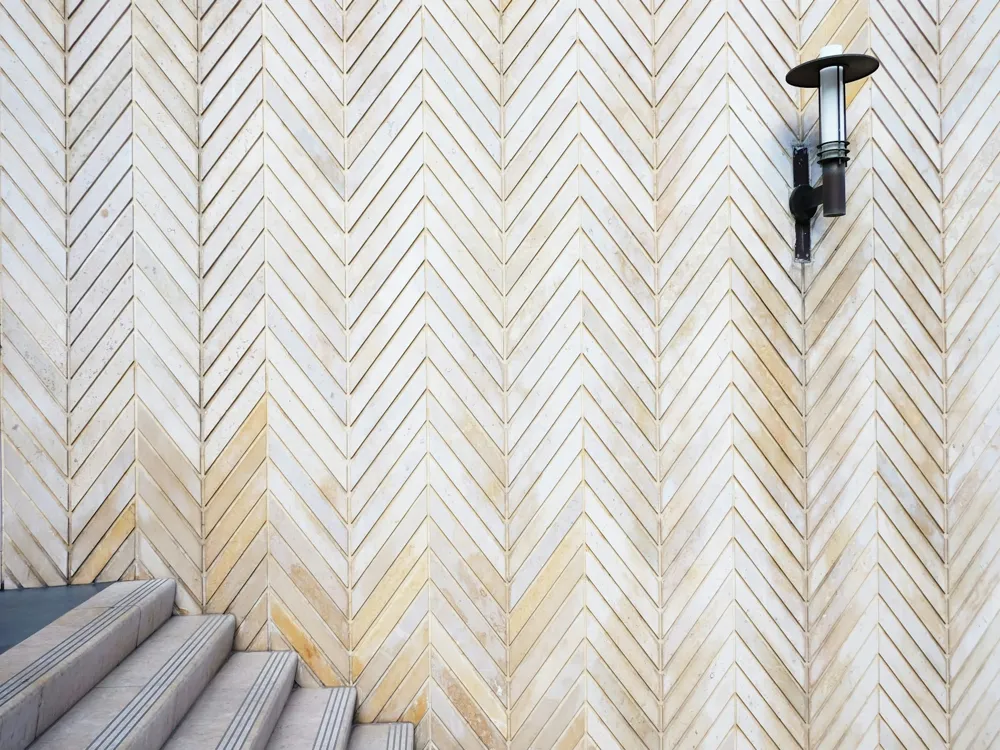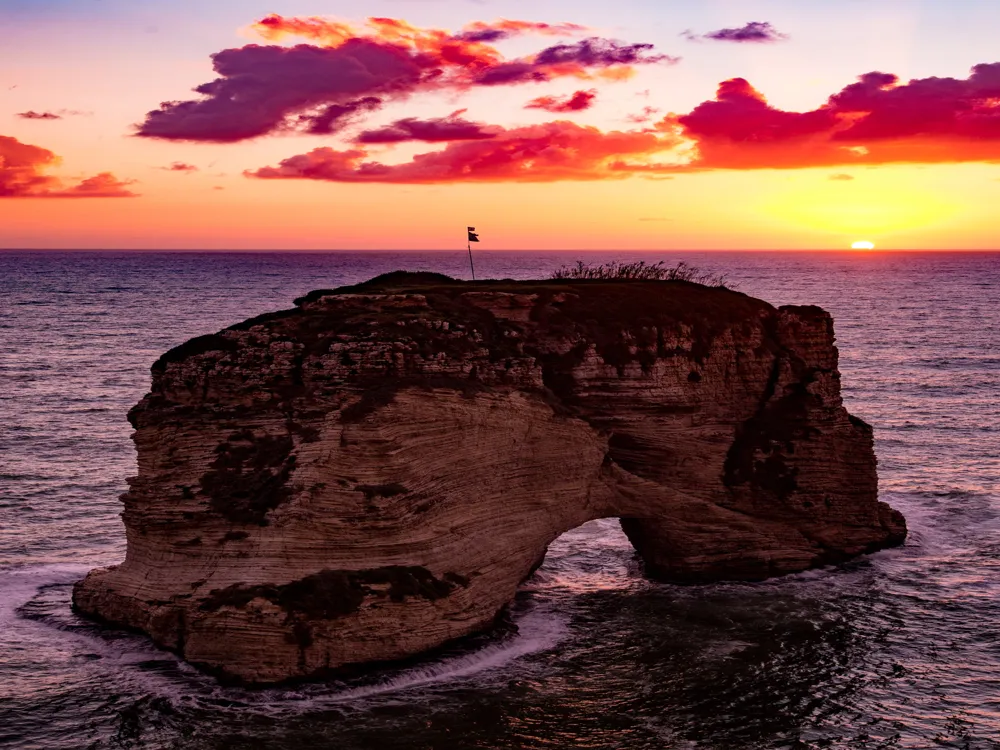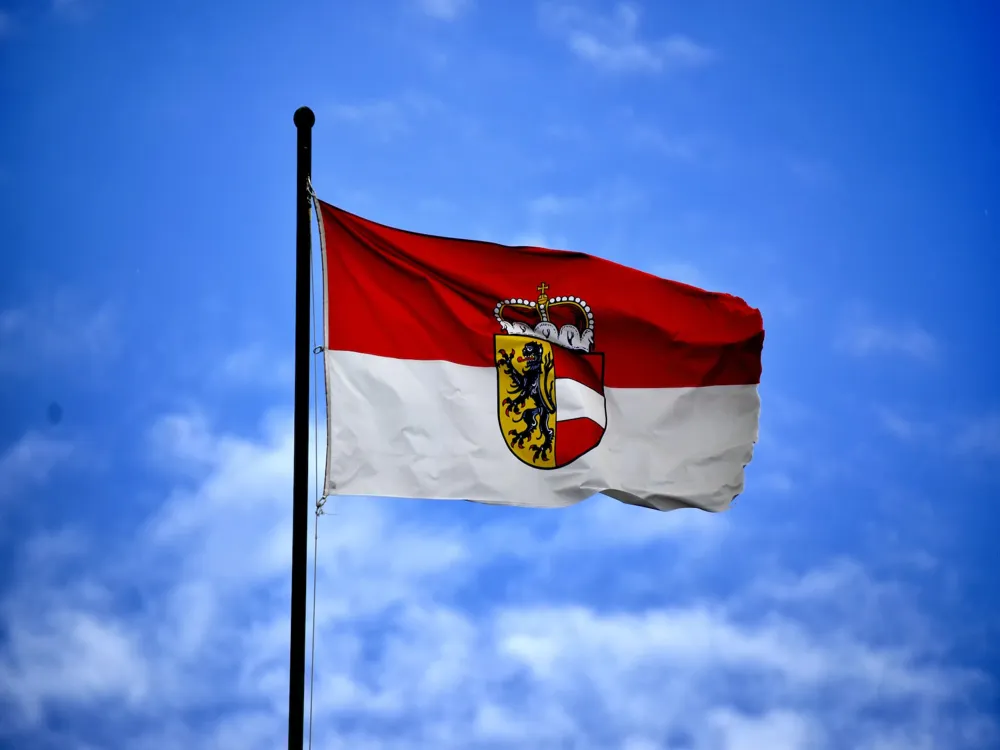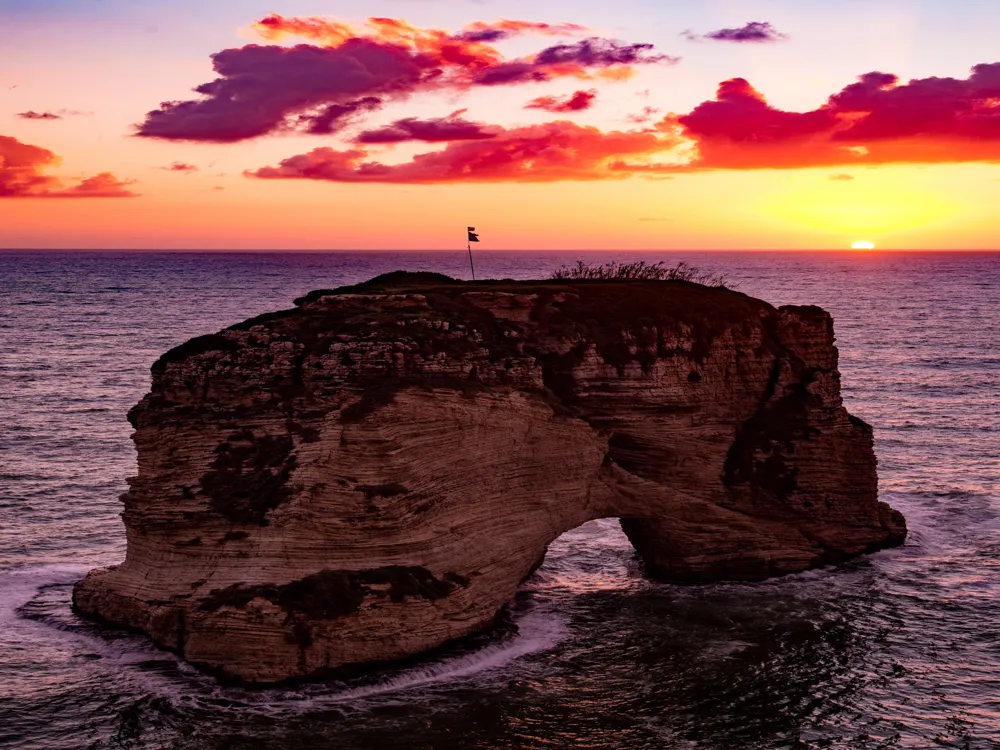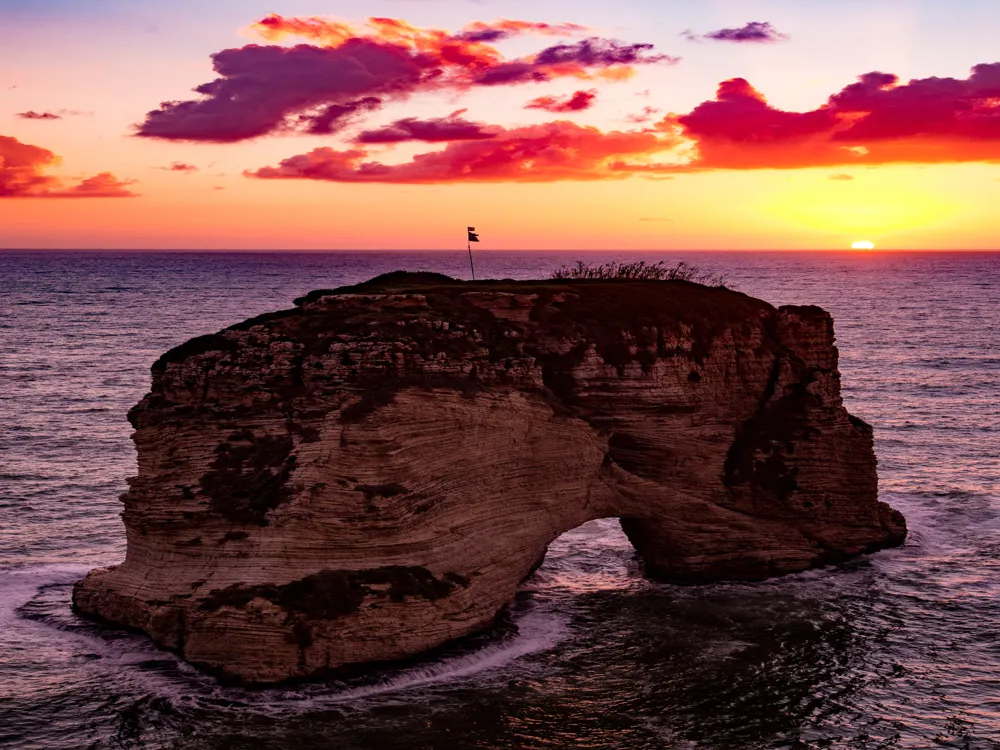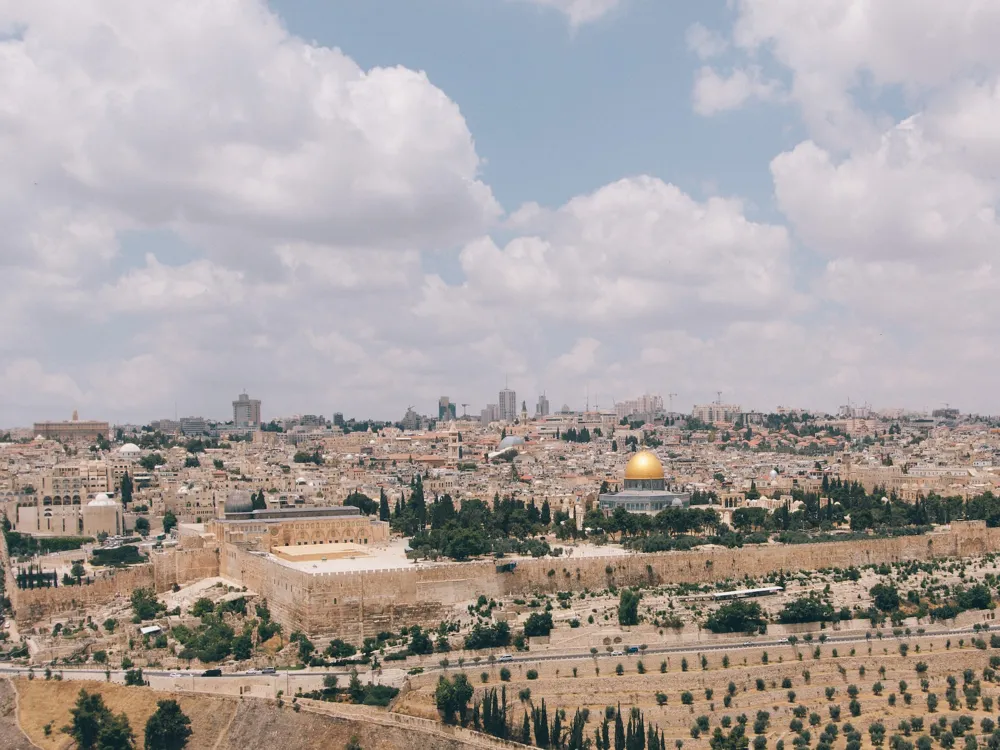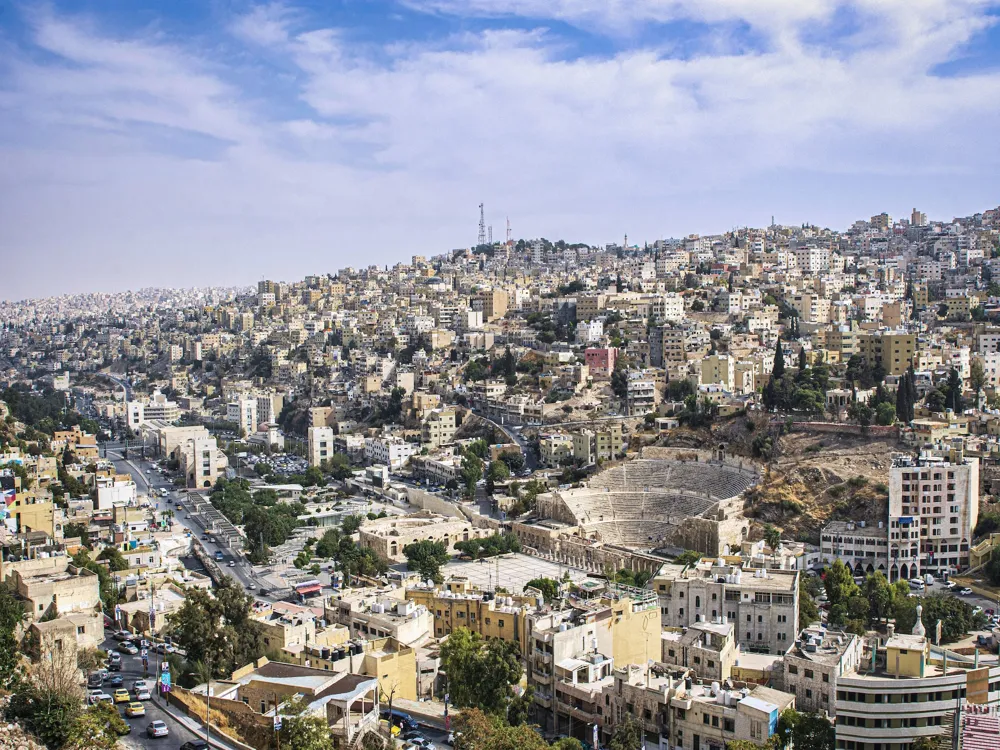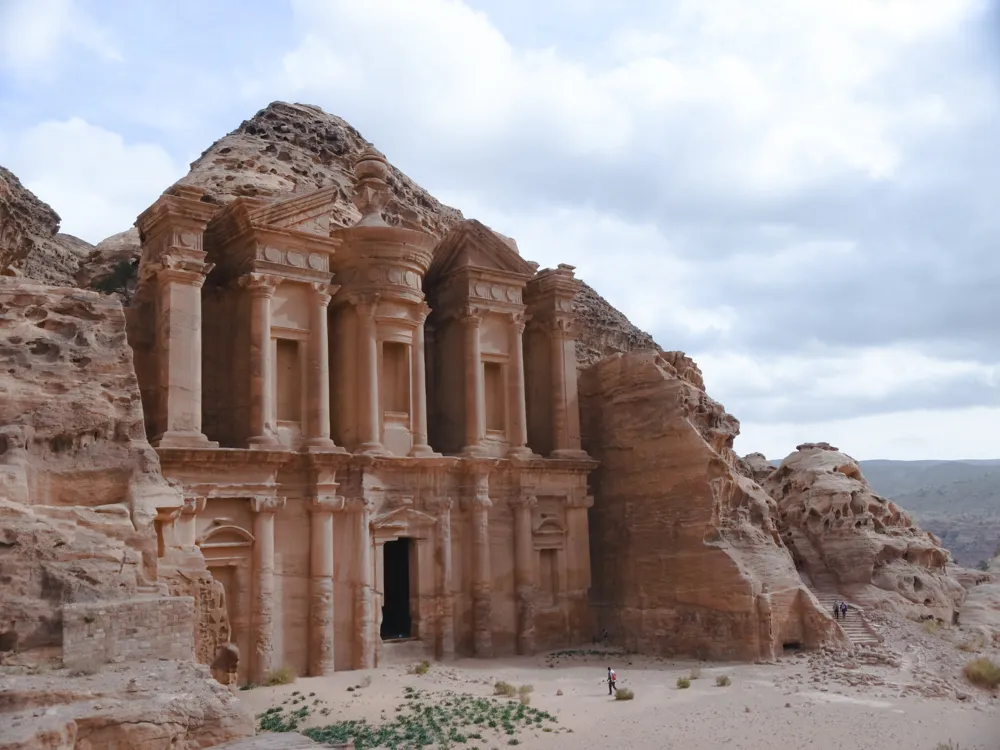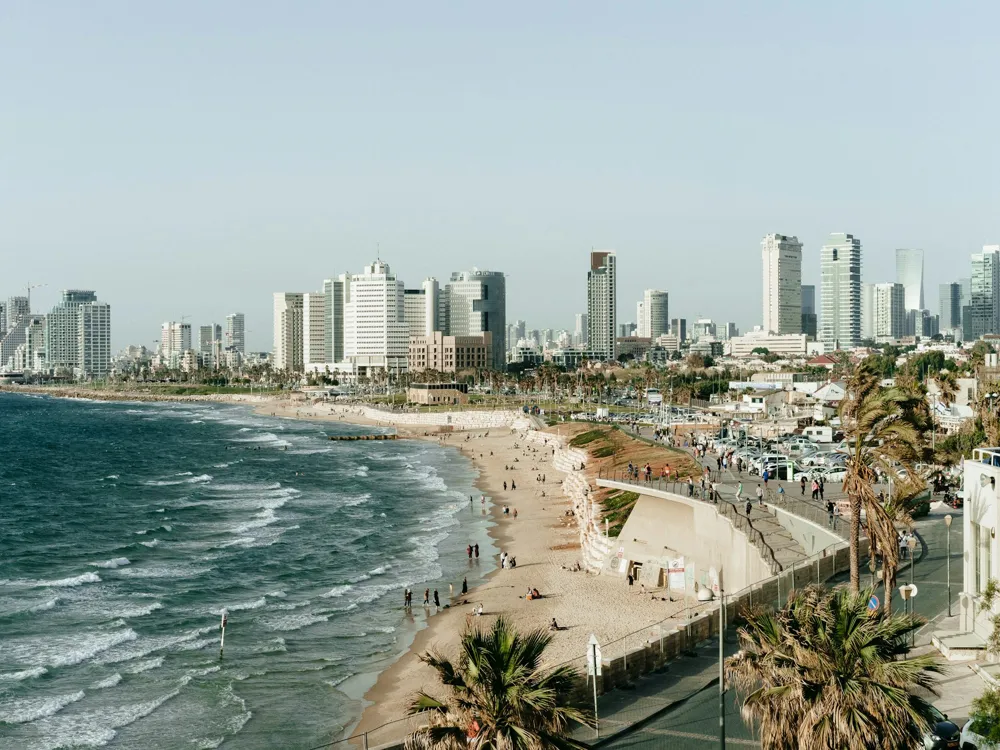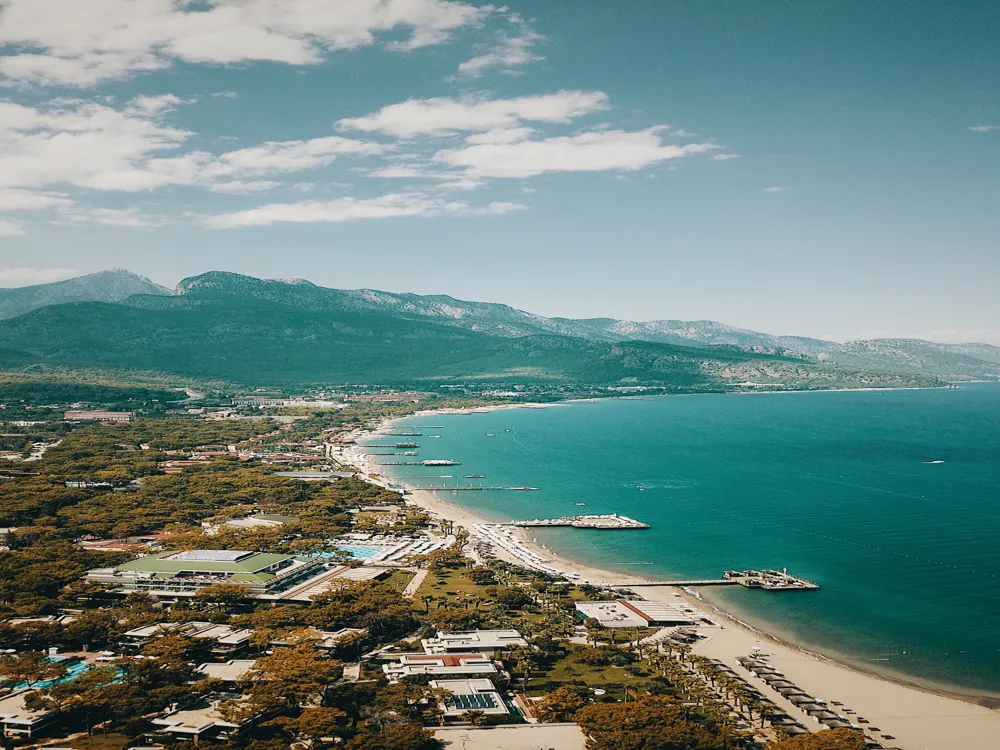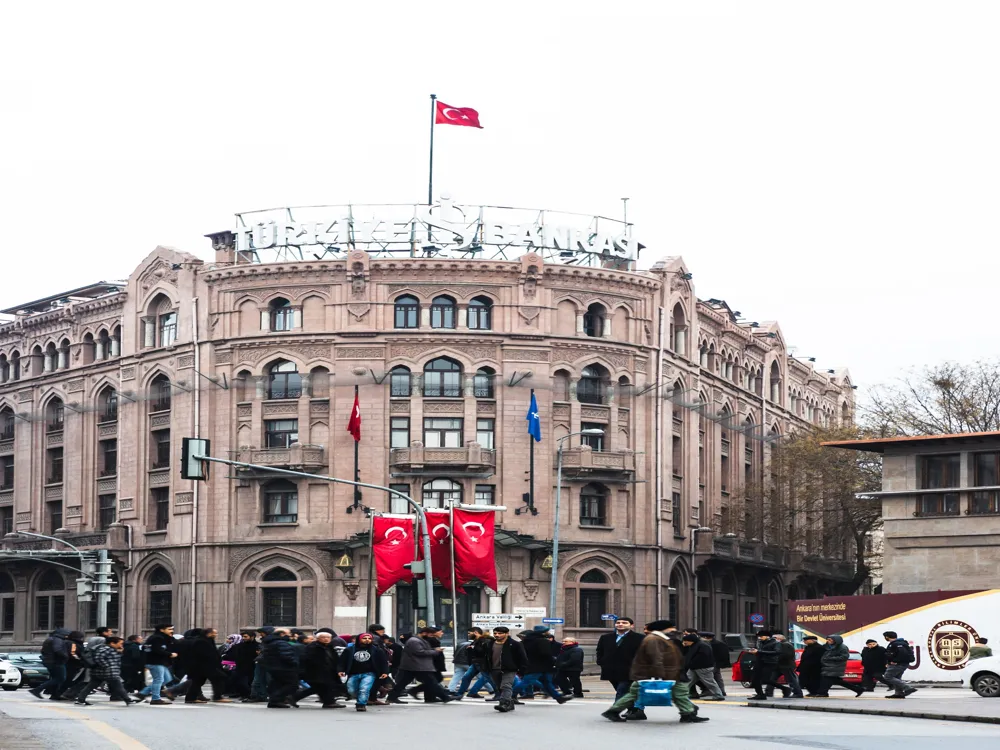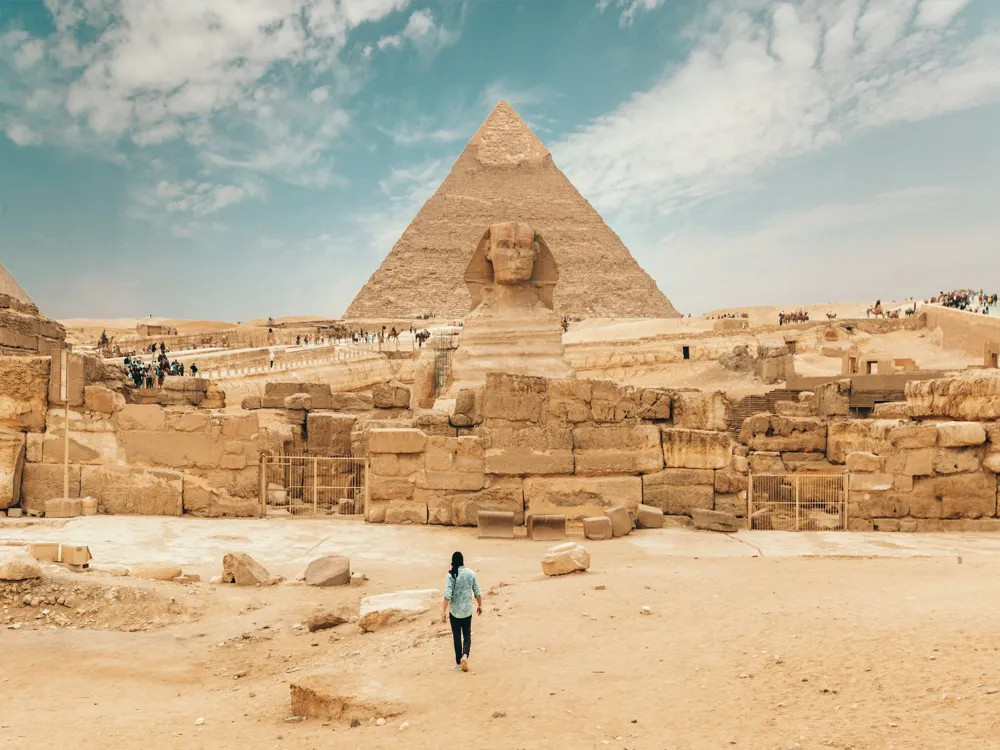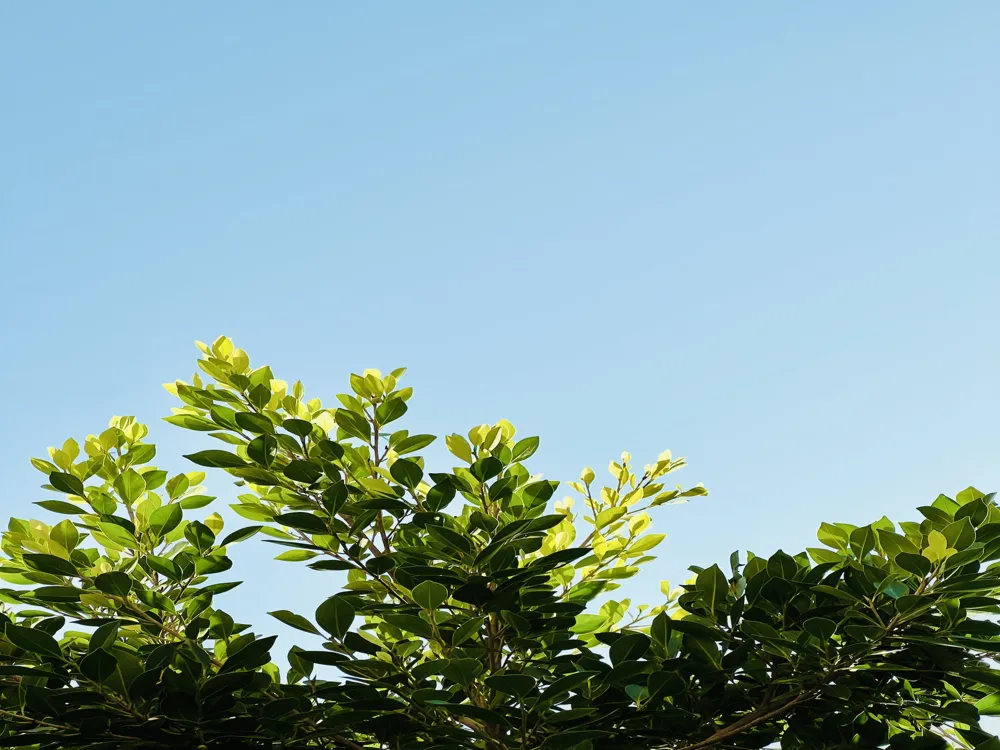Corniche Beirut, a picturesque promenade in Lebanon's capital city, offers a panoramic view of the Mediterranean Sea and is a testament to the city's resilience and cultural richness. Stretching along the coast for several kilometers, this bustling walkway is fringed with palm trees and is a hub of social life, blending the old with the new, the traditional with the modern. The Corniche provides a window into the diverse aspects of Beirut's character, from its vibrant street life to its architectural elegance. This beloved landmark is not just a scenic spot; it's a cultural tapestry, embodying the spirit of Beirut and its people. The Corniche has witnessed and survived the tumultuous history of Beirut, including the civil war and subsequent rebuilding phases. Its evolution over the years offers a unique narrative about the city's changing face and unyielding spirit. The promenade is a favorite spot for both locals and tourists, offering a serene escape from the city's bustling urban life. From early morning joggers and families enjoying a leisurely stroll to fishermen lining the shore and vendors selling an array of local snacks, the Corniche is a lively, dynamic space that represents the heart and soul of Beirut. The architecture of Corniche Beirut is a harmonious blend of various styles, reflecting the city's rich historical and cultural heritage. This promenade showcases an eclectic mix of modern skyscrapers, Ottoman-era buildings, and French Mandate architecture, creating a unique urban tapestry. The juxtaposition of old and new is strikingly evident, offering a visual treat and a lesson in Beirut's architectural evolution. The modern buildings, with their sleek designs and contemporary aesthetics, stand in contrast to the older structures that exude historical charm and narrate tales of a bygone era. Notable architectural landmarks along the Corniche include the famous Raouché Rocks, a natural formation that has become an iconic symbol of the city. The surrounding area features a mix of high-rise apartments, luxury hotels, and historic villas, each telling its own story of architectural progression and stylistic influences. The Corniche's architecture is not just about the buildings; it's about the space itself. The wide, open walkway, the meticulously maintained gardens, and the strategically placed benches and streetlights all contribute to the Corniche's distinctive character and charm. The ideal time to visit Corniche Beirut is during the spring and autumn months when the weather is pleasant, and the Mediterranean breeze adds to the charm of the promenade. Mornings are perfect for a peaceful walk, while evenings offer a vibrant atmosphere with stunning sunset views. Comfortable and casual attire is recommended for a stroll along the Corniche. Considering Beirut's Mediterranean climate, light clothing is suitable for most of the year, with additional layers during the cooler months. Don't miss out on the local street food vendors and nearby cafes offering Lebanese delicacies. Sampling traditional Lebanese snacks like falafel, shawarma, and sweet treats like baklava enhances the culinary experience of your visit. The Corniche is a photographer's paradise. Capture the stunning sea views, the architectural diversity, and the vibrant street life. Key spots include the Raouché Rocks and the Pigeon Rocks viewpoint. Corniche Beirut is easily accessible by various means of transportation. Visitors can take a taxi or a bus to reach the promenade. For those driving, there are several parking spots available nearby. The Corniche is also a pleasant walk from many central locations in Beirut, making it an integral part of the city's urban landscape. Read More:Overview of Corniche Beirut
Architecture of Corniche Beirut
Tips When Visiting Corniche Beirut
Best Time to Visit
What to Wear
Local Cuisine and Dining
Photography and Sightseeing
How to Reach Corniche Beirut
Corniche
Beirut
NaN onwards
View beirut Packages
Weather :
Tags : Avenues & Promenades
Timings : Anytime
Entry Fee : Free
Planning a Trip? Ask Your Question
Beirut Travel Packages
View All Packages For Beirut
Top Hotel Collections for Beirut

Private Pool

Luxury Hotels

5-Star Hotels

Pet Friendly
Top Hotels Near Beirut
Other Top Ranking Places In Beirut
View All Places To Visit In beirut
View beirut Packages
Weather :
Tags : Avenues & Promenades
Timings : Anytime
Entry Fee : Free
Planning a Trip? Ask Your Question
Beirut Travel Packages
View All Packages For Beirut
Top Hotel Collections for Beirut

Private Pool

Luxury Hotels

5-Star Hotels

Pet Friendly







